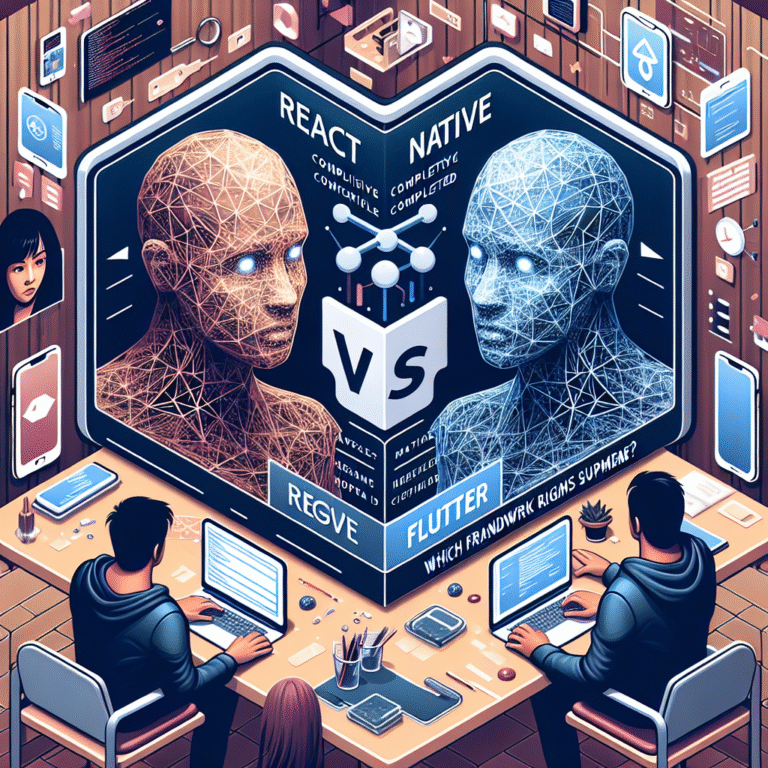
Blockchain technology continues to revolutionize various industries, creating new opportunities and reshaping the digital landscape. As we move further into 2024, several key trends are emerging that highlight the growing importance and potential of blockchain. Blockchain technology has evolved far beyond its initial use case as the backbone of cryptocurrencies. Today, it stands at the forefront of a digital revolution, promising to transform various industries through enhanced transparency, security, and efficiency. Among its most exciting advancements are smart contracts and decentralized applications (DApps). This article explores these innovations and their potential to shape the future.
Understanding Blockchain
At its core, blockchain is a distributed ledger technology that allows data to be stored across a network of computers, making it nearly impossible to alter or delete once recorded. This immutability fosters trust and transparency, key attributes that can enhance various sectors, from finance to supply chain management.
1. Interoperability and Cross-Chain Solutions
Interoperability is becoming crucial as different blockchain networks need to communicate seamlessly. Projects like Polkadot and Cosmos are leading the way by building bridges between various blockchain ecosystems, ensuring a more connected and cooperative decentralized network.
- Decentralized Finance (DeFi) Evolution
DeFi continues to evolve, offering more sophisticated financial products and services. Innovations in this space are making financial systems more accessible and efficient, disrupting traditional banking and finance.
- NFTs Beyond Digital Art
Non-Fungible Tokens (NFTs) are expanding beyond digital art into areas like real estate, gaming, and intellectual property. This trend is opening up new avenues for ownership and monetization in the digital world.
- Sustainability and Green Blockchain
With increasing awareness of environmental issues, there is a growing focus on making blockchain technology more sustainable. Green blockchain initiatives aim to reduce the carbon footprint of blockchain operations, making them more eco-friendly.
- Integration with the Internet of Things (IoT)
The integration of blockchain with IoT is enhancing security and transparency in various applications, from supply chain management to smart cities. This combination is driving innovation and efficiency across multiple sectors.
- Privacy-Enhancing Technologies
As data privacy becomes more critical, blockchain is incorporating advanced privacy-enhancing technologies. These innovations ensure that user data remains secure and private, even in decentralized networks.
- Government Adoption and Regulatory Clarity
Governments worldwide are increasingly adopting blockchain technology and providing regulatory clarity. This trend is fostering innovation and encouraging more widespread use of blockchain in public and private sectors.
- Blockchain for Supply Chain Transparency
Blockchain is transforming supply chain management by providing greater transparency and traceability. This technology ensures that products are ethically sourced and that supply chains are more efficient and secure.
- Decentralized Autonomous Organizations (DAOs) and Governance
DAOs are gaining traction as a new form of governance, allowing for decentralized decision-making and management. This trend is democratizing organizational structures and empowering communities.
- Blockchain-as-a-Service (BaaS)
BaaS is making blockchain technology more accessible to businesses by providing ready-to-use blockchain solutions. This trend is lowering the barriers to entry and enabling more companies to leverage blockchain for their operations.
Smart Contracts: The Autonomous Agents
Smart contracts are self-executing contracts with the terms of the agreement directly written into code. They automate processes and transactions without the need for intermediaries. Here’s how they are set to change the game:
- Efficiency and Cost Reduction
By eliminating intermediaries, smart contracts reduce the time and costs associated with traditional contract execution. For instance, in real estate transactions, smart contracts can automate the entire process—from escrow to title transfer—streamlining operations and reducing fees.
- Enhanced Security
Smart contracts operate on blockchain, which offers robust security features. Once deployed, they are immutable, making them resistant to fraud and tampering. This is particularly beneficial in sectors such as insurance, where contract integrity is crucial.
- Real-World Applications
Industries such as finance, healthcare, and logistics are already leveraging smart contracts. For example, in supply chain management, smart contracts can automate payment releases when goods are delivered, ensuring a seamless flow of operations.
Decentralized Applications (DApps)
DApps represent another groundbreaking facet of blockchain technology. Unlike traditional applications that rely on centralized servers, DApps run on a blockchain network, promoting decentralization and user autonomy.
- User Empowerment
DApps empower users by giving them control over their data and interactions. This contrasts with centralized platforms that often monopolize user information, raising concerns about privacy and security.
- Diverse Use Cases
DApps span various sectors, from finance (DeFi platforms) to social media (decentralized social networks). The decentralized nature allows for innovative business models, such as token-based economies, where users can earn rewards for their contributions.
- Interoperability and Innovation
As more developers create DApps, interoperability between different blockchain networks becomes crucial. This interconnectedness will lead to new innovations and collaborative platforms, expanding the potential applications of blockchain technology.
The Road Ahead: Challenges and Opportunities
While the future of blockchain, smart contracts, and DApps is promising, challenges remain. Issues such as scalability, regulatory uncertainty, and user education need addressing to ensure widespread adoption.
- Scalability
As blockchain networks grow, scalability becomes a concern. Solutions like layer-2 scaling (e.g., Lightning Network for Bitcoin) and sharding are being developed to enhance transaction speeds and reduce costs.
- Regulatory Landscape
Governments worldwide are grappling with how to regulate blockchain technology. Clear regulatory frameworks will be essential to foster innovation while protecting consumers.
- User Adoption
For blockchain to reach its full potential, widespread user adoption is necessary. Education and awareness initiatives can help demystify the technology and showcase its benefits.
Conclusion
The future of blockchain technology, driven by smart contracts and DApps, is poised to revolutionize how we conduct business and interact online. As the technology matures, its applications will expand, fostering a new era of transparency, efficiency, and user empowerment. While challenges lie ahead, the ongoing innovation and collaborative efforts within the blockchain community promise a bright and transformative future. Embracing this change will be key to unlocking the full potential of blockchain in our daily lives.




